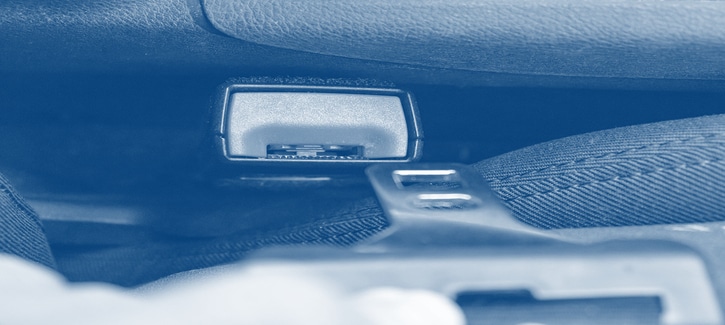Seat Belt or Airbag Failure Accident

Under these circumstances, three primary issues need to be addressed. First, did the damages and injuries sustained in the accident result from a failure of the devices. For example, did the victim suffer a head injury or laceration that would have been prevented had the airbag deployed-is there a causal relationship between the failure and the injury? If not, then the analysis stops. If yes, then a second prong must be analyzed: is the injury substantial in nature to justify a products liability lawsuit? Does the expense of a products liability lawsuit, e.g. costs of lawsuit, hiring experts, storage of the items, performing testing, etc., outweigh the value of the injury? If yes, then the analysis stops. If no, then the final prong must be looked at. Do you still have the evidence? If the car is gone to the dump or salvage yard, evidence is lost and so is the case. Preservation is key to any major accident and products liability lawsuit. These are the major concerns to be analyzed, however, there are some other issues to discuss.

Who caused the accident? If the driver falls asleep and rolls five times in the desert, and the seatbelt fails or airbag fails to deploy, does the accident have jury appeal? Arguably no. It is a difficult proposition to hold accountable a “non-party” e.g. car / parts manufacturer: Ford, General Motors, Chrysler, etc.) for the wrongful act of another, here, the driver, as the safety devices were a secondary cause. On the other hand, when a consumer purchases a vehicle with such safety devices, they expect them to operate as promised. These may also trigger other causes of action such as warranty of merchantability and other contractual/tort/product liability recovery theories. A better example is the driver who is on a country road and hits a wild animal-a deer or bison crossing the road. Here, the facts have changed. Also assuming in this example, the deer jumped unexpectedly through the front portion of the car slamming into the airbag sensor and through the windshield. Now, the operator and/or purchaser of the vehicle has a much stronger argument that the product failed and rights to damages are warranted. Benson & Bingham Accident Injury Lawyers, LLC specialize in products liability and automobile accident cases. Contact us today for a free consultation.
Free Consultation

